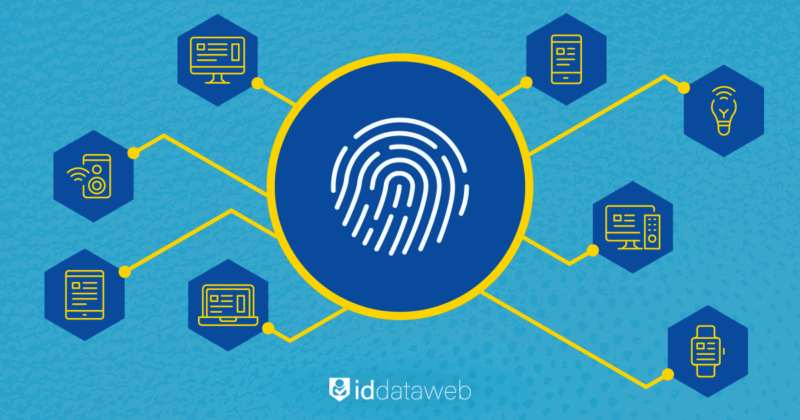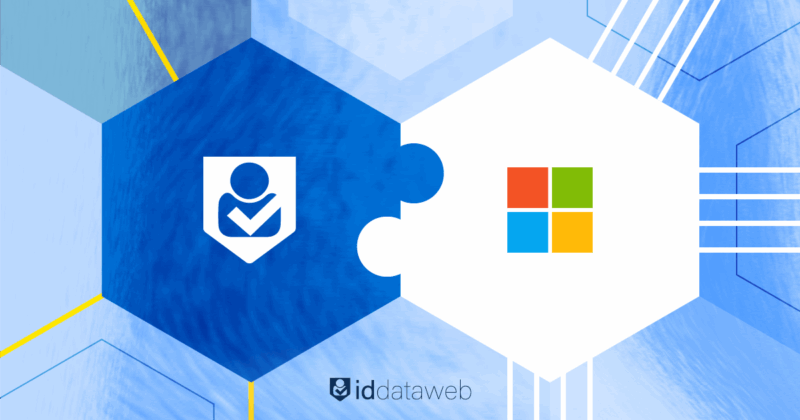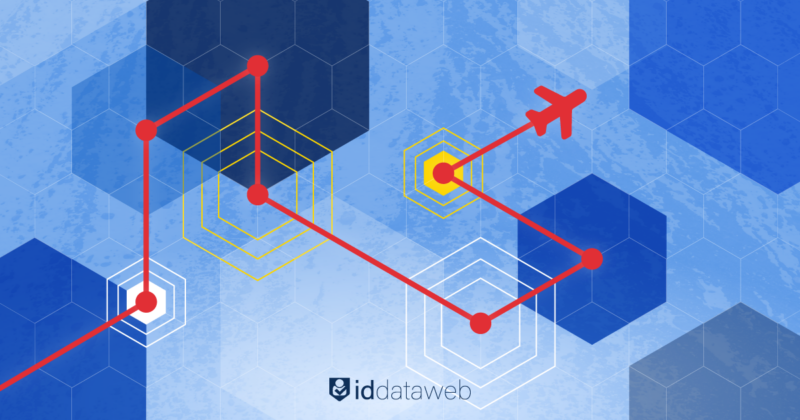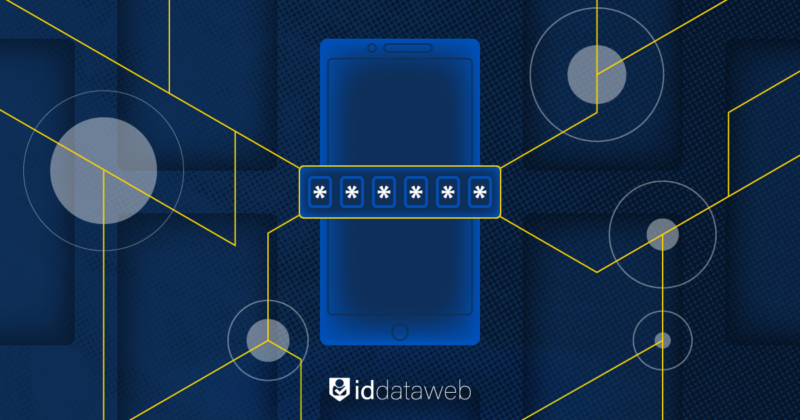Every October, Cybersecurity Awareness Month reminds leaders to take stock of the evolving threat landscape. In 2025, one trend is undeniable: identity is the frontline. For decades, enterprises invested in firewalls, network segmentation, and endpoint detection and response (EDR). Those defenses still matter—but breaches tell a simpler story: attackers often succeed by logging in, not breaking in.
The 2025 Verizon Data Breach Investigations Report (DBIR) shows that while vulnerability exploitation accounts for 20% of incidents, stolen credentials dominate 88 % of breaches, with a human element involved in 68%. Identity has clearly become the most critical layer of defense.
Cloud computing, API‑driven architectures, remote work, and third-party SaaS tools have blurred traditional perimeters. Every laptop, smartphone, and browser session is now effectively an edge node. Security teams must focus less on devices and more on the identities behind them. Dissolving perimeters demand identity guardrails
The castle-and-moat model is dead
Old-school defenses assumed anyone inside the network was trustworthy. Today, that trust is a liability.
DBIR found that over half of compromised business credentials come from unmanaged devices or shared secrets, highlighting the risk of bring‑your‑own‑device (BYOD) programs. Attackers target identities first because stolen credentials unlock everything.
Without strong identity governance, employees accumulate unnecessary permissions, and credentials linger longer after role changes or contractor departures—creating a sprawling, invisible attack surface.
Microsoft reports that organizations using six or more disparate identity and security tools are 79 % more likely to suffer a major breach. Fragmented identity operations leave gaps that attackers exploit with phishing, token theft, and lateral movement. Adversary-in-the-middle attacks (AiTM) phishing attacks surged 146% in 2024, with over 7,000 password attacks per second observed. Even multi-factor authentication (MFA) often fails. FRSecure found that 79% of business email compromise (BEC) victims had MFA enabled, yet attackers still bypassed it.
The lesson: MFA is necessary—but not sufficient. Enterprises need phishing‑resistant MFA and real‑time detection of anomalous identity activity.
Inside a modern identity attack
Identity‑driven breaches follow a predictable pattern. Threat groups like Scattered Spider rely on social engineering, push‑bombing, and SIM‑swapping to harvest credentials and bypass MFA.
Attackers impersonate IT support to trick employees into revealing one‑time codes or overwhelm them into accepting prompts. Once inside, they register their own devices, pivot with legitimate tools, and exfiltrate data—all appearing as approved users.
From there, they hunt privileged accounts, dormant entitlements, and lateral paths to monetize or extort.
Third‑party exposure compounds risk. The 2024 Snowflake incident showed how attackers leveraged stolen credentials on a third‑party platform without MFA to access multiple customer environments. Enterprises must manage not only internal identities, but also vendors, customers, and machine accounts.
Moving beyond credentials to identity threat response
Traditional identity and access management (IAM) excels at provisioning, policy enforcement, and logging—but real-time detection and response remain gaps. Microsoft’s research shows that fragmented identity and security stacks dramatically increase breach risk.
To stay ahead of attackers, enterprises must adopt Identity Threat Detection and Response (ITDR) solutions that continuously monitor, correlate, and act on risky identity signals—because the perimeter no longer exists.
Conditional access and adaptive authentication are critical tools for modern identity security. Rather than applying the same MFA challenge every time, organizations must evaluate threat signals—device indicators, network attributes, and behavioral patterns—and adjust friction accordingly.
Paired with phishing‑resistant factors like FIDO2 hardware keys or passkeys, this approach reduces reliance on shared secrets. Continuous session monitoring ensures that stolen credentials cannot be used indefinitely. Changes in geolocation or suspicious device attributes can trigger reauthentication or session termination.
Looking ahead, identity security must move beyond simple credential verification toward context-aware authentication. MFA should evolve into multi‑layered identity verification, combining device trust, behavioral analytics, biometrics, and environmental threat signals. As adversaries adapt, enterprises must deploy resilient, flexible systems capable of integrating new threat signals and policy updates in real time.
How CISOs can simplify the identity challenge
CISOs face a daunting landscape: securing human, machine, customer, and third‑party identities across hybrid environments, meeting regulatory requirements, and responding to evolving attack techniques. Vendor sprawl adds complexity, with each tool introducing additional dashboards and integration challenges. Yet the return on investment (ROI) of focusing on identity is clear: protecting the user identity—the modern endpoint—prevents the majority of attacks.
To accomplish this, CISOs should prioritize a unified identity platform covering workforce and customer IAM, machine identity management, privileged access, and ITDR. Automation can handle lifecycle management, role‑based access assignments, and revocations. Reporting surfaces risky behaviors and unusual entitlements for review. Governance policies enforce segregation of duties and just‑in‑time access. Critically, identity signals should feed directly into security workflows so that an anomalous login triggers an alert or response just like malware detection.
Conclusion
For CISOs asking, “Where can we get the biggest risk reduction per dollar?”, the answer is clear: protect identity at the point of decision. Verizon’s DBIR shows credential abuse drives more breaches than any other vector. Addressing identity risk is therefore the fastest way to shrink the attack surface.
When stolen credentials and social engineering dominate breaches, the highest-ROI actions include:
- Strengthening identity signals (device possession, carrier and network reputation, behavioral baselines)
- Implementing phishing-resistant authenticators
- Deploying adaptive decision engines that respond to anomalies with step-up authentication
Investing here reduces risk across the board and ensures defenses stay one step ahead of increasingly sophisticated attackers.












